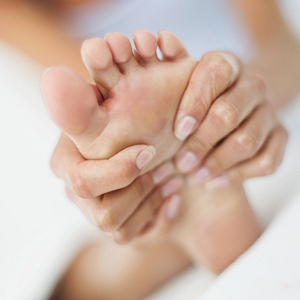 The American Diabetes Association offers the following things you can do to head off skin problems:
The American Diabetes Association offers the following things you can do to head off skin problems:
- Keep your diabetes well managed. People with high glucose levels tend to have dry skin and less ability to fend off harmful bacteria. Both conditions increase the risk of infection.
- Keep skin clean and dry. Use talcum powder in areas where skin touches skin, such as armpits and groin.
- Avoid very hot baths and showers. If your skin is dry, don't use bubble baths. Moisturizing soaps may help. Afterward, use a standard skin lotion, but don't put lotions between toes. The extra moisture there can encourage fungus to grow.
- Prevent dry skin. Scratching dry or itchy skin can open it up and allow infection to set in. Moisturize your skin to prevent chapping, especially in cold or windy weather.
- Treat cuts right away. Wash minor cuts with soap and water. Do not use Mercurochrome antiseptic, alcohol, or iodine to clean skin because they are too harsh. Only use an antibiotic cream or ointment if your doctor says it's okay. Cover minor cuts with sterile gauze. See a doctor right away if you get a major cut, burn, or infection.
- During cold, dry months, keep your home more humid. Bathe less during this weather, if possible.
- Use mild shampoos. Do not use feminine hygiene sprays.
- See a dermatologist (skin doctor) about skin problems if you are not able to solve them yourself.
- Take good care of your feet. Check them every day for sores and cuts. Wear broad, flat shoes that fit well. Check your shoes for foreign objects before putting them on.
